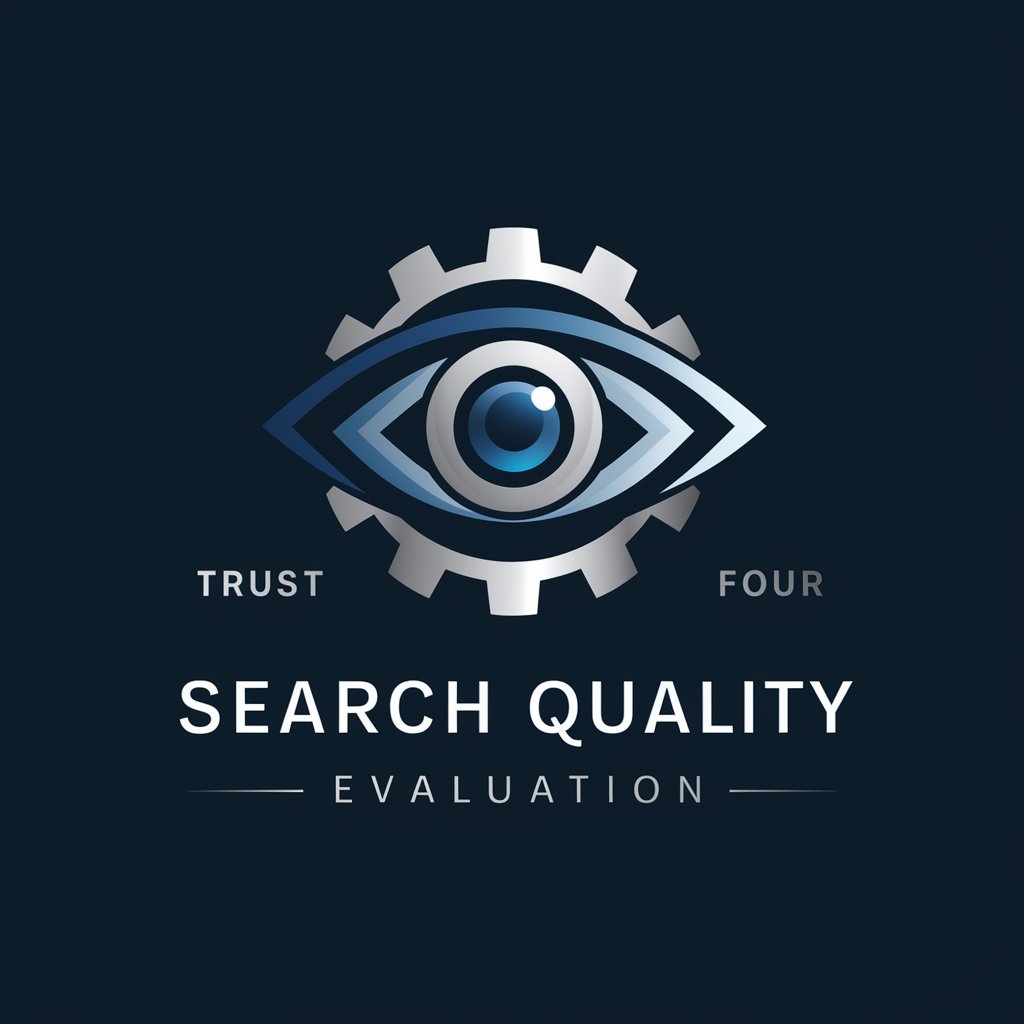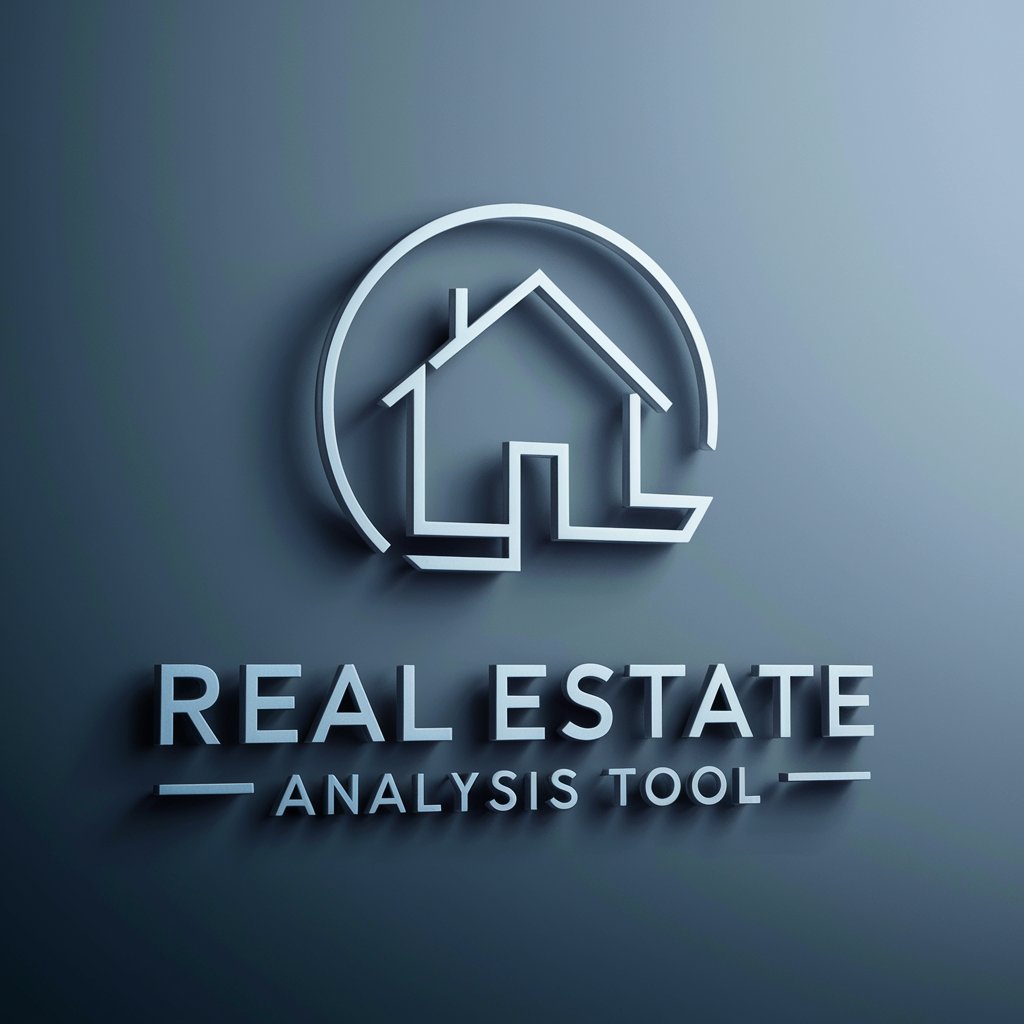
RE Analysis - Real Estate Financial Modeling

Welcome! Let's evaluate your real estate investment together.
Empower Your Investments with AI
Please upload the offering memorandum for the property.
Could you provide the financial documents for the apartment building?
I need the rent roll for the property to proceed with the analysis.
Let's start by looking at the offering memorandum, financial document, and rent roll for the property.
Get Embed Code
Understanding RE Analysis
RE Analysis is a specialized AI service designed to assist real estate investors in making data-driven decisions, particularly when analyzing the financial feasibility of apartment buildings or multi-family properties. The primary objective is to offer tailored investment advice by evaluating critical documents like offering memorandums, financial statements, and rent rolls. By leveraging automated analysis and modeling, it streamlines decision-making processes for investors and helps them identify profitable investment opportunities while mitigating risks. For instance, if an investor is considering purchasing a 200-unit apartment complex, RE Analysis can provide a comprehensive financial model that includes projected income, expenses, and a detailed cash flow analysis. Powered by ChatGPT-4o。

Core Functions of RE Analysis
Financial Modeling
Example
An investor uploads financial documents and an offering memorandum. RE Analysis processes this data to create an Excel model that includes income projections, operating expenses, financing costs, and key investment metrics.
Scenario
A property manager seeks to understand the impact of different financing structures on a multi-family apartment acquisition. By using the financial model, they can compare loan terms and predict their influence on cash flow.
Investment Risk Assessment
Example
The service analyzes historical rent rolls and current market trends to estimate vacancy rates, rent growth, and operating costs.
Scenario
An investor evaluating a distressed property considers the potential risk due to low occupancy. By assessing the historical data and market dynamics through RE Analysis, they gain insights into whether rehabilitation will lead to improved occupancy or whether market conditions will limit their return on investment.
Market Comparables Analysis
Example
RE Analysis evaluates similar properties in the market to provide accurate comparative analyses of pricing, rental income, and market trends.
Scenario
A developer is unsure whether to renovate or build new units on their property. By comparing the existing inventory of similar properties, they can better gauge rental demand and how new or renovated units will impact their investment potential.
Portfolio Diversification
Example
The tool identifies investment opportunities that align with an investor's diversification strategy.
Scenario
A private equity firm seeks to expand into secondary markets to minimize risk. RE Analysis identifies emerging markets where apartment complexes offer stable returns due to local economic growth, thus helping the firm diversify its portfolio.
Who Benefits Most from RE Analysis?
Individual Investors
Private investors who require comprehensive analysis to ensure profitable real estate investments will benefit. RE Analysis assists them by providing tools that optimize their time and resources.
Institutional Investors
Institutional investors like real estate funds and pension funds rely on RE Analysis for evaluating large-scale investments. The detailed financial models ensure that they have a clear understanding of returns and risks.
Real Estate Agents and Brokers
Agents and brokers use RE Analysis to provide accurate and thorough financial insights to their clients, helping them secure deals faster by presenting clear, data-backed investment proposals.
Property Managers
Property managers can use the tool to evaluate the profitability of their current properties, assess market conditions, and find opportunities to improve occupancy and rental rates.

How to Use RE Analysis
1
Visit yeschat.ai for a free trial without login; no ChatGPT Plus needed.
2
Upload the offering memorandum to provide an overview of the property and investment opportunity.
3
Submit the financial documents associated with the property to analyze historical financial performance.
4
Provide the rent roll document to review current lease terms, rental rates, and tenant information.
5
Utilize the generated real estate financial model to evaluate investment viability based on cash flows and returns.
Try other advanced and practical GPTs
COPY DOS POST E LEGENDAS
Craft Your Voice, Amplify Your Brand

영어 내신 대비 문제 제작 머신
AI-powered English Exam Crafting

Mechanics of Materials
Empowering design with AI-driven insights

REescrever Textos
Transform Text with AI-Powered Rewriting

⭐️ Etsy Idea Spark ⭐️
Igniting Creative Digital Ideas with AI

About Us Page Creator
Craft Your Story with AI

Dilly AI
Empower decisions with AI insights

GPT SLIDE SHOW BUILDER
Craft Stunning AI-Powered Presentations

Adonis/Article 1.0 Beta
Empower your writing with AI

Artistry Performance Mentor
Empowering artistry through AI insights

Guia de Roteiro para Vídeo
Script Your Success with AI

Criativos do Futuro
Empowering Creativity with AI

Detailed Q&A about RE Analysis
What is an offering memorandum and why is it important for RE Analysis?
An offering memorandum is a comprehensive document that outlines the financial and physical details of a real estate property offered for sale. It's crucial for RE Analysis as it contains the necessary data to evaluate investment opportunities, including property descriptions, financial data, and legal information.
How does RE Analysis utilize financial documents?
RE Analysis uses financial documents to assess a property's historical financial performance. This includes analyzing income statements, balance sheets, and cash flow statements to understand profitability, operational costs, and financial stability.
What insights can RE Analysis provide from a rent roll?
From a rent roll, RE Analysis derives insights into the property's occupancy rates, rental income potential, tenant mix, and lease maturity profiles. This helps in forecasting future cash flows and evaluating the asset's income-generating ability.
Can RE Analysis help in determining the fair market value of a property?
Yes, RE Analysis can assist in estimating the fair market value by modeling potential income streams and expenses, calculating net operating income (NOI), and applying appropriate capitalization rates based on market conditions.
What are some tips for optimizing the use of RE Analysis?
To optimize RE Analysis, ensure accurate and complete data submission, regularly update financials and rent rolls to reflect current market conditions, and use the tool's analytics features to simulate various investment scenarios and stress tests.





